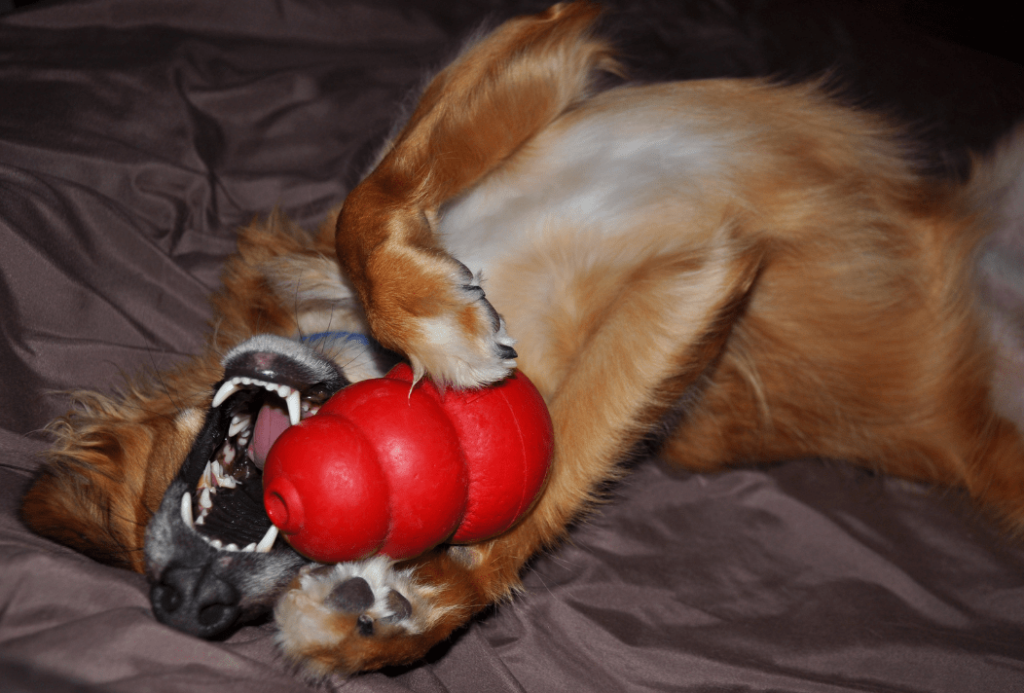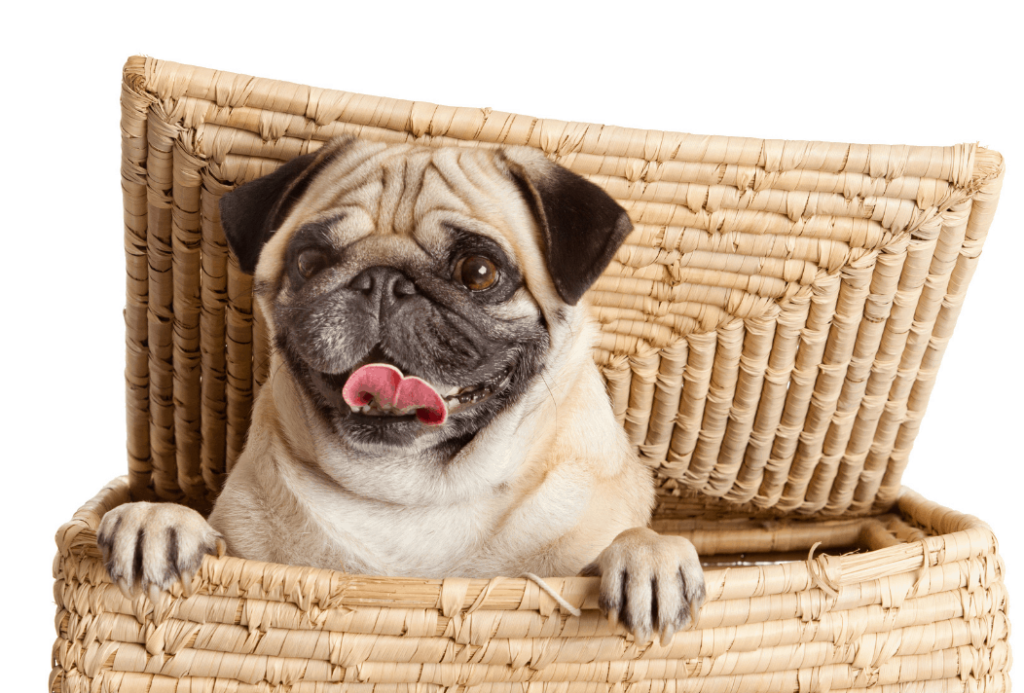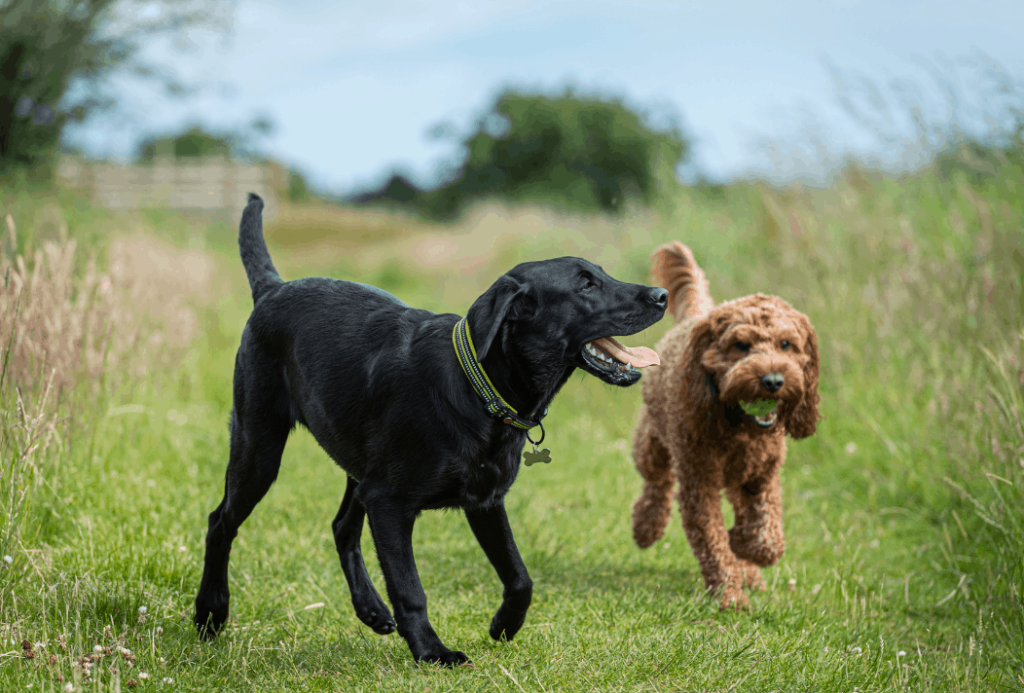Almost everyone around the globe has been directly or indirectly affected by the ongoing pandemic, and some countries are starting to slowly open their businesses.
This means that many people will go back to work, and their canine companions may or may not be negatively impacted by this change. If you’ve been at home for these past few months, your pup likely enjoyed this extra time with you. So how can you help prepare your dog for your return to the office?
Your dog may develop separation anxiety when you go back to work
Dogs of all ages can develop separation anxiety, which is a behavioral disorder. Separation anxiety can develop from a young age or later due to a specific event such as an abrupt change in schedule or surroundings. And going from months of having their owner at home all the time to suddenly being alone most of the week, is most certainly a drastic change in schedule for your dog. They absolutely loved having you around!

Source: Giphy
How do I know that my dog has separation anxiety?
Separation anxiety typically manifests as distress and sometimes destructive behavior when an owner is away from their dog. Separation anxiety can be mild, moderate, or severe. Signs include pacing, panting, licking, chewing, barking, howling, and having accidents inside the house. Treatment should be tailored to the needs for each individual dog, and behavior modification training is an important part of treatment. More information can be found in our article on separation anxiety.
How can I help my dog cope with the sudden change in schedule?
Regardless of whether your dog has always had some form of separation anxiety or has just recently started displaying signs as you head back to work, there are lots of things that can help curb anxious behavior.
Try aromatherapy
For mild anxiety that is associated with absence some dogs are helped with aromatherapy. This includes products like dog appeasing pheromones, a type of scent that resembles that of a nursing mother dog. It can be naturally relaxing and comes in many product formats such as collars, sprays, wipes, and oil diffusers.
Lavender oil also has a calming effect, but concentrations that are too high can be overly abrasive for a sensitive dog nose.
Toys can provide a nice distraction for your canine companion
Kong toys are excellent because they are made of tough materials that are not likely to fray or fall apart so that pieces aren’t swallowed accidentally. Some of the hollow Kong toys that are available can hold a tasty treat and provide minutes to hours of distraction.

For even more effect, toys can be stored in your laundry basket so that they carry your scent, and this may help your pet to further relax.
Calming supplements can be quite effective
Many of the commercially available calming supplements have naturally relaxing ingredients in them such as valerian root and tryptophan. Zylkene is one such supplement that contains alpha-casozepine which is derived from milk protein and has a calming effect.
If supplements are difficult to administer, there is a special diet from Royal Canin that combines hydrolyzed milk protein with tryptophan, an amino acid that helps with the production of serotonin. Serotonin is a hormone that is important to overall mood, feelings, and happiness.
Another supplement is Purina Proplan’s Calming Care probiotic. This is a fine probiotic powder that can be sprinkled onto your dog’s food once a day. The active ingredient, BL999, is a probiotic that helps calm dogs via their intestinal tract. The probiotic was studied in mice where calm mice were shown to have certain kinds of good bacteria in their intestines while anxious mice were shown to have more bad bacteria than good bacteria. By providing anxious mice with intestinal bacteria from the calm mice, the anxious mice became more relaxed!
Crate training can help some dogs feel safe and hidden inside of a small enclosure
If on your return to work your dog has become destructive and calming products do not help, then he may need additional help to feel safe and protected. Crate training is one such method because some dogs feel safe and hidden inside of a small enclosure. But crate training is not for every dog! Some may feel trapped and even more anxious as a result. Another method worth trying is keeping your dog confined to one area of the house and away from anything that could be harmful when anxiety hits. Thunder shirts, which are typically used for dogs with storm phobias, may also have a safe and calming effect.

Behavior modification and training
Visual cues can trigger anxiety in your dog, and so it is important to identify these problem cues early on and avoid them as much as possible. For example, your dog may start to pace and pant when he sees you pick up your car keys or put on your shoes, ready to go to work. Even something like grabbing your phone or your sunglasses can alert your pup to the fact that you’re leaving! Eliminating your dog’s particular visual cues, when possible, can help curb your dog’s anxiety.
Dogs with severe anxiety may require medication
For some dogs, training and calming products may not be enough to help mitigate severe anxiety, and dogs who are over-stressed do not have the right mindset or focus in order to learn or be trained out of their anxiety.
This is important to discuss with your veterinarian because dogs with severe anxiety may require the use of an anxiety medication. Fluoxetine and clomipramine are two anxiety medications that are FDA-approved for use in dogs with separation anxiety. Medications like these can take one to four weeks before achieving full effect.
You may need to call in the dog sitter!
If your dog is still having trouble getting used to this new schedule, you may consider hiring a sitter to stay with your best friend while you’re away.
Doggie daycares are also suitable for many dogs, as the company of other dogs reduces loneliness and gives your dog the opportunity to play and exercise with new friends. In some cases, your workplace may even allow you to take your dog with you to work, helping both your dog’s anxiety and your own!

Separation anxiety can affect dogs of any age
Regardless of whether your dog has been in your life for a few years or a few days, separation anxiety can affect any pup, especially given the drastic changes in schedule this last year has thrown upon us.
By knowing the signs of separation anxiety and steps to aid recovery, you can effectively act and prevent the initial signs from worsening for your dog. Since every dog is different, make sure to talk to your veterinarian for medical advice on the best ways to help your furry friend feel better about their human’s return to work.









